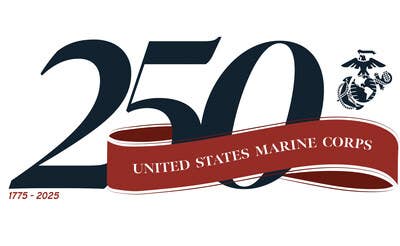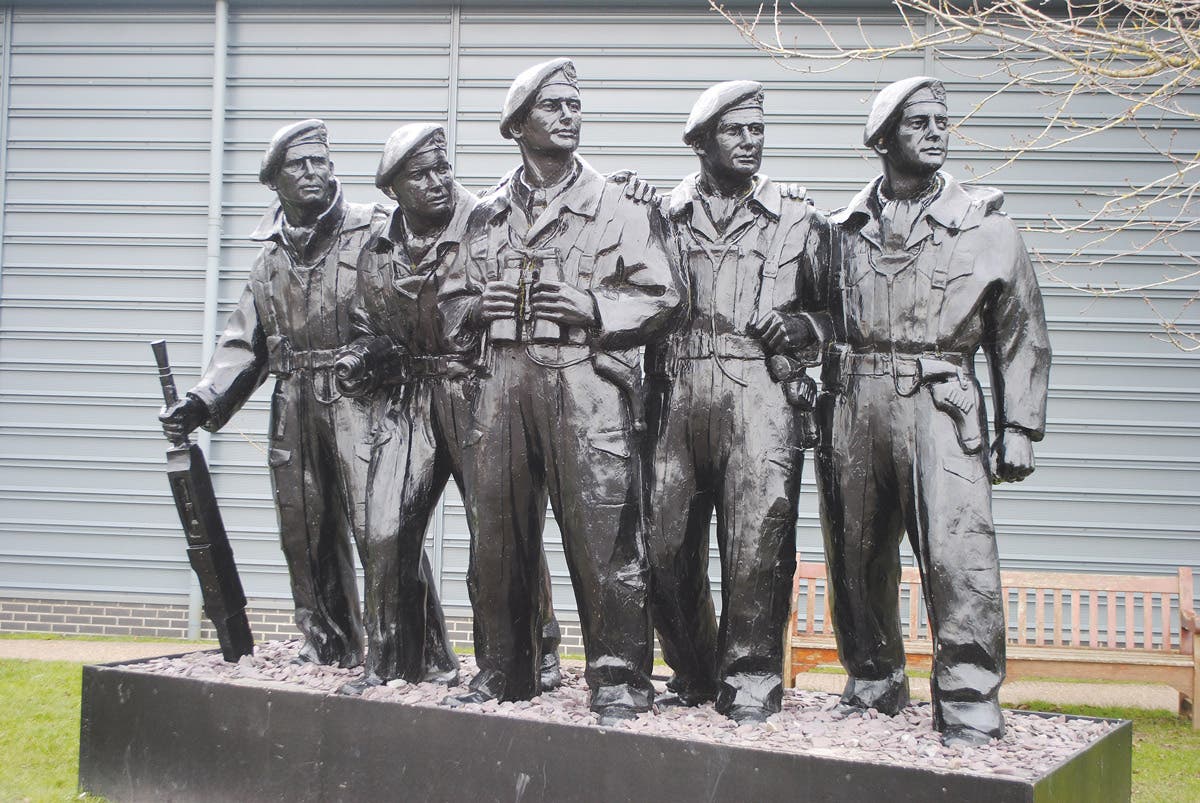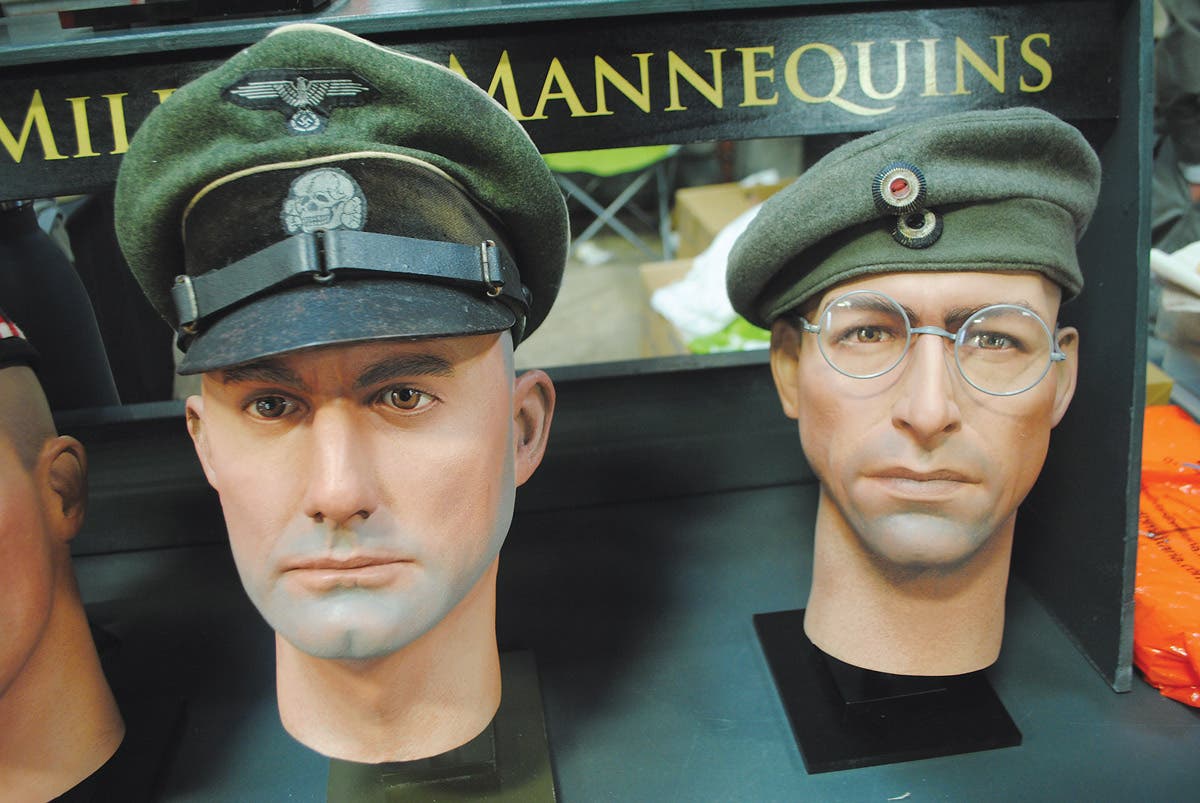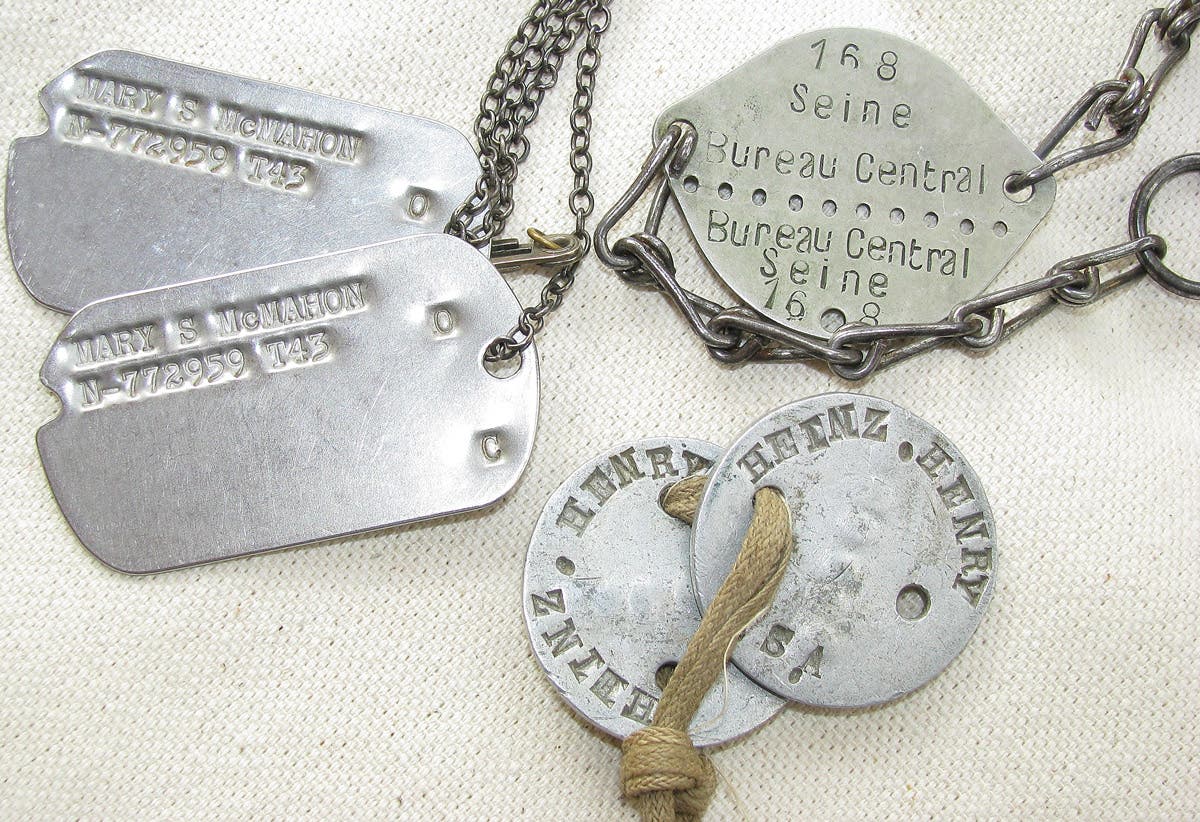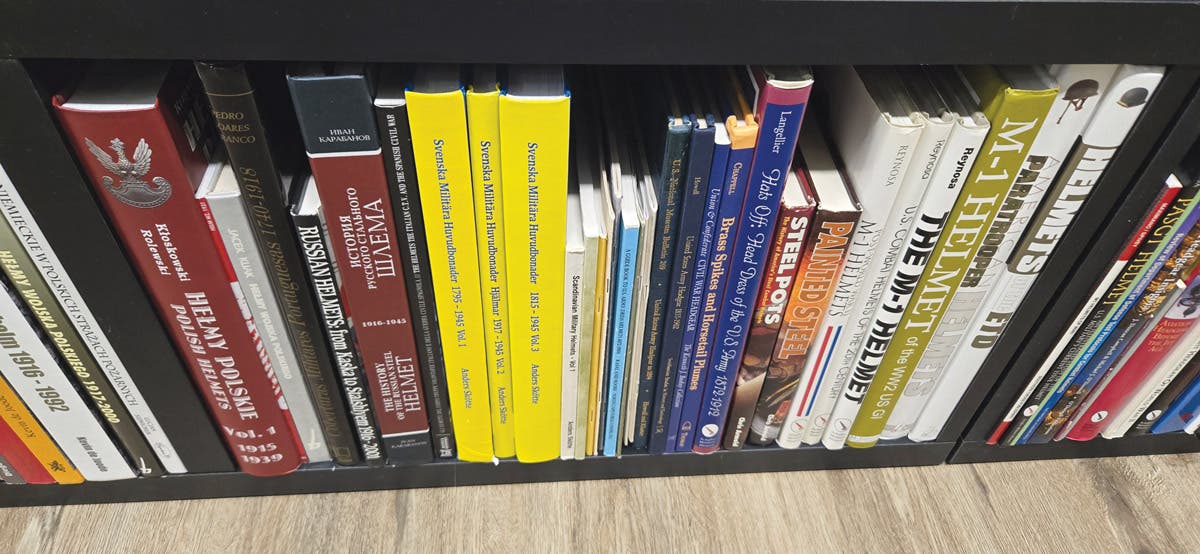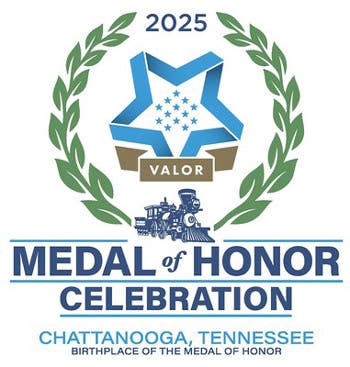Air heroes special guests at Show Of Shows
by Robert Krause This year’s 20th Anniversary Show of Shows to be held at the Kentucky Exposition Center in Louisville, Ky., during Feb. 23-26, 2012, will feature a reunion of…
by Robert Krause
This year’s 20th Anniversary Show of Shows to be held at the Kentucky Exposition Center in Louisville, Ky., during Feb. 23-26, 2012, will feature a reunion of three of the handful of surviving B29 crew members from the 509th Composite Group that participated in the Atomic bombing of Hiroshima. In attendance will be Flight Engineer George Cohen of Big Stink, Pilot Ira Weatherly of Straight Flush and Navigator Russell Gackenbach of Necessary Evil. Gackenbach was also the navigator of the Enola Gay (used as the Kokura Advance Weather B29) during the second atomic mission, while Mr. Cohen was the flight engineer aboard the Laggin’ Dragon (used as the Nagasaki Advance Weather B29).
On Aug. 5, 1945, operations order #35 was issued to the 509th Composite Group, Colonel Paul Tibbets commanding, for seven of the group’s B29s to take part in the first atomic mission. No planes from other units were to be involved. The order called for three B29s to report the weather, one B29 on standby to take off at 2AM Tinian time and three strike ships to take off at 3AM.
The three weather B29s were each assigned to the following cities: Hiroshima, Kokura and Nagasaki. Hiroshima was the primary target; however, each was to report weather conditions via radio to the Enola Gay. The standby B29, Big Stink, was assigned to Iwo Jima where a pit was constructed for loading and unloading an atomic bomb in the event of a mechanical failure on the Enola Gay. Two security agents were on board with engines running. One hour after the three weather B29s took off, the Enola Gay, accompanied by the B29 instrument plane The Great Artiste and B29 photo plane Necessary Evil left Tinian for the mission that would forever change the world.
When the Straight Flush (assigned as the Hiroshima weather plane) took off, they observed the Enola Gay bathed in spotlights, looking like a Hollywood movie set. They flew at 200mph, three miles above the Pacific. Daylight broke before they reached Iwo Jima. They made their last radio check and climbed to 30,000 feet. A solid fleecy cloud bank accompanied them all the way to Japan. As the plane approached the city, the under cast weather a constant, the six fingerlike islands of the Ota River Delta and the unmistakable square of the Second Imperial Army appeared on the radar.
At eighteen miles out, the clouds began to diminish and Hiroshima became entirely visible as they were about to fly over it. At 7AM Hiroshima time, the bombardier took the Straight Flush on a simulated bomb run over the city. To make sure, they did a second bomb run, made a diving turn, pulled out and could see any remaining clouds were moving away from Hiroshima. The radio operator on board the Straight Flush tapped out the following message in Morse code to the Enola Gay: “2/10ths cloud cover, bomb primary.” The fate of Hiroshima was sealed. The Hiroshima message came to the Enola Gay first; the remaining two weather reports were a matter of courtesy.
When the 9,700 pound atomic bomb was released from the bomb bay of the Enola Gay, three aluminum blast gauge canisters were dropped from The Great Artiste attached to 16ft parachutes to measure the effects of the bomb. Then both the Enola Gay and The Great Artiste streaked away at full throttle, their airspeed touching 350mph.
As three scientists aboard The Great Artiste waited for the needles on their ammeters to jump, the Necessary Evil made a controlled 360-degree turn before heading to the target. When the bomb exploded the plane was approximately fifteen miles from the blast. Mr. Gackenbach was on the flight deck between the pilot and copilot and took the only two existing photos of the cloud from the plane since the camera installed to take the photos malfunctioned.



